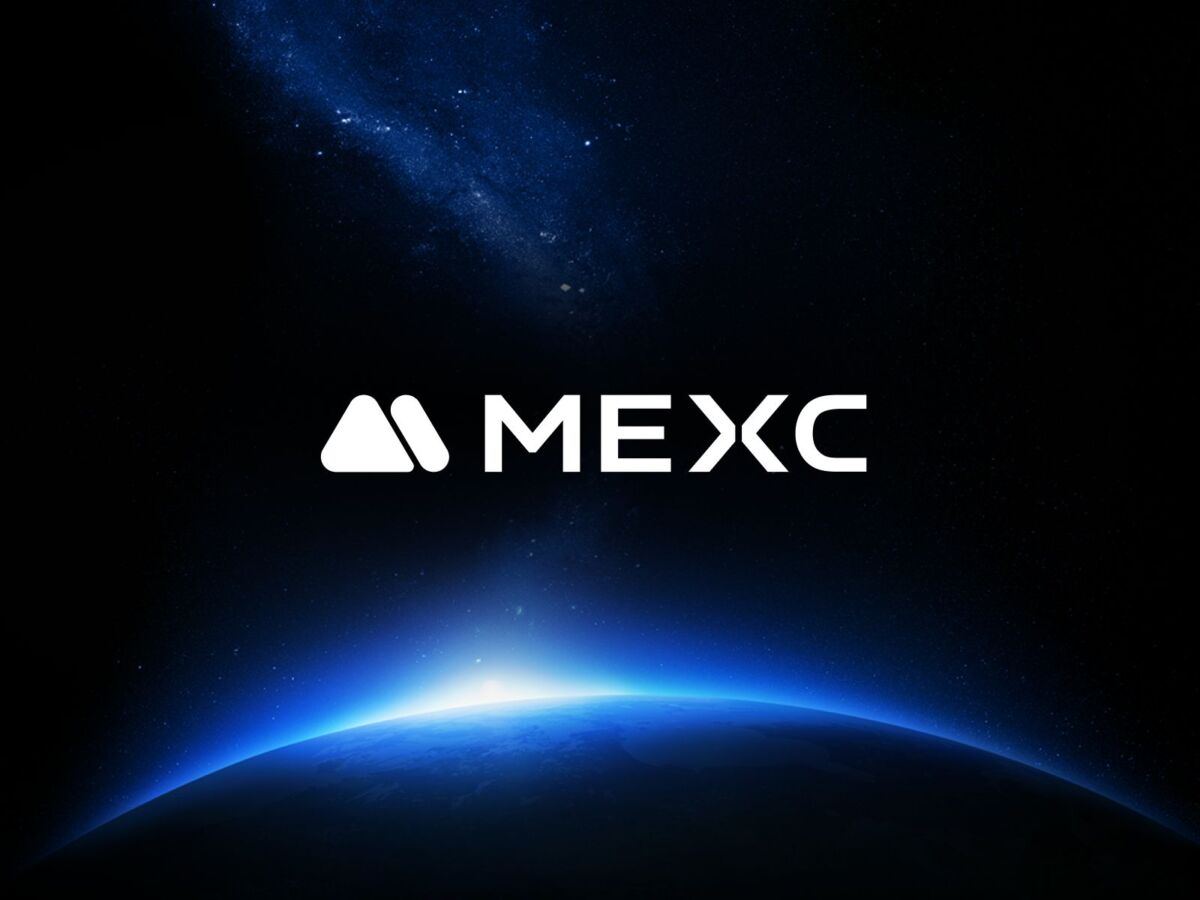Overview: a 2025 pullback that hit treasury stocks harder
In 2025, several public companies that hold significant bitcoin on their balance sheets have seen their equity valuations underperform the underlying asset. While bitcoin experienced volatility in Q4, shares of companies that built strategies around holding BTC have, in many cases, fallen disproportionately. This divergence has drawn attention to a metric increasingly used by investors: market capitalization relative to bitcoin holdings, often called mNAV.

Understanding why these listed treasury firms trade at discounts compared with the value of their bitcoin holdings is essential for investors and operators alike as the industry moves into a phase of consolidation, regulatory clarification, and product evolution.
What is mNAV and why it matters
mNAV (market NAV) is a simple but powerful comparison: the market value of a company’s equity versus the estimated value of its bitcoin holdings. When mNAV is below 1, the market is valuing the company at less than its bitcoin stash alone. In 2025 this metric has flashed warning signs for a number of issuers.
Why investors care:
- It highlights discounts and potential arbitrage opportunities.
- It surfaces balance-sheet or governance issues that the market fears will destroy value (debt, dilution, poor custody practices).
- It informs takeover or restructuring risk when share prices fall far below NAV.
Drivers behind the discounts
Several structural and market forces have driven treasury stocks to trade at a discount to NAV. These factors often interact and can accelerate declines once sentiment shifts.
1. Market volatility and directional risk
Bitcoin’s price swings directly affect the NAV of treasury firms. When prices fall rapidly, companies with large BTC positions see their asset base decline in value, and markets may price in the risk of further erosion or forced liquidation by creditors.
2. Leverage and debt exposure
Some treasury firms used debt to finance bitcoin accumulation or corporate activity. Leverage amplifies losses; lenders may impose covenants or margin calls that force asset sales into a falling market, deepening the discount between equity and asset value.
3. Liquidity and shareholder composition
Stocks concentrated in the hands of a few institutional holders or insiders may trade less efficiently. When a portion of ownership is illiquid or when selling pressure increases, share prices can diverge substantially from NAV.
4. Lack of on-chain usability for bitcoin
Unlike some programmable, yield-generating tokens, bitcoin is limited in the ways it can be used on-chain to generate incremental returns without counterparty risk. That reduces the avenues available for a treasury operator to earn on assets and justify a premium to NAV.
5. Perceived governance and operational risk
Investors scrutinize custody arrangements, insurance, transparency, and management incentives. Any doubt about a company’s ability to safeguard assets or to manage liabilities can widen discounts.
How companies respond: common corporate actions
Faced with persistent discounts, treasury firms have several tools to attempt to re-close the gap between share price and bitcoin value. Each action carries trade-offs.
- Share buybacks — Reduce share count and increase bitcoin-per-share. Effective when companies have cash and view the market discount as temporary.
- Issuing preferred equity or convertible instruments — Raise capital without immediately diluting common shareholders, though it can create future dilution or increase fixed costs.
- Asset monetization — Lending, staking-like arrangements via trusted counterparties, or selling portions of holdings to meet obligations.
- M&A and consolidation — Discounts can make targets attractive for acquisition by better-capitalized firms or strategic buyers.
- Debt restructuring — Negotiating with creditors to reduce near-term cash outflows and avoid forced sales.
Possible market scenarios in late 2025
Looking forward, several plausible pathways could determine whether these discounts narrow or deepen.
Scenario A — Bitcoin rallies
A sustained price recovery for bitcoin would rebuild NAVs and soothe creditor concerns. Rising asset values can restore investor confidence, easing discount pressures and enabling organic recovery.
Scenario B — Continued weakness or volatility
Ongoing price weakness may force stronger firms to act defensively while pushing weaker firms into distress. Expect consolidation: stronger treasuries may acquire undervalued peers, while others divest assets to satisfy creditors.
Scenario C — Sideways market and slow demand
If prices remain range-bound, discounts may persist. Under this outcome, corporate actions like buybacks or strategic partnerships become the primary levers to create shareholder value.
Regulatory and market structure context in 2025
Regulation in 2025 is more mature in some jurisdictions than in prior years, but important uncertainties remain. Ongoing rulemaking around custody, lending, and tokenized asset issuance affects how treasury firms can monetize bitcoin without taking undue counterparty risk.
At the same time, institutional infrastructure — custody providers, insurance products, and OTC liquidity — has improved. These advances lower operational risk for corporates but do not eliminate market risk or structural business model limits tied to bitcoin’s lack of programmability.
What investors should watch
For investors evaluating public companies with notable bitcoin holdings, a focused checklist helps separate structural value from speculative narrative.
- BTC per share and dilution risk: Track trends in bitcoin-per-share and any upcoming issuances that could dilute common equity.
- Debt and covenants: Understand maturity profiles, interest rates, and margin triggers tied to asset values.
- Custody and insurance: Prefer firms with well-established custodians and explicit insurance programs.
- Cash runway: Companies with stronger cash buffers or diversified revenue sources can better withstand volatility.
- Governance and transparency: Board independence, reporting cadence, and disclosure on on-chain balances matter.
- Shareholder structure: Concentration and insider holdings can affect liquidity and price discovery.
Opportunities and risks for long-term investors
Deep discounts can present opportunities, but they require rigorous due diligence. The path to value realization often depends on factors outside the firm’s direct control — chiefly the price of bitcoin and macro liquidity conditions.
Potential opportunities:
- Acquisition targets: undervalued firms may be bought by stronger players.
- Arbitrage: sophisticated investors can construct trades that capture mispricing between equity and BTC holdings.
- Strategic repositioning: companies that successfully diversify revenue streams or create yield-generating services can justify premiums again.
Key risks:
- Forced asset sales under distressed conditions.
- Dilution from future equity or convertible issuance.
- Regulatory shocks that limit monetization strategies.
How operators can adapt
Companies with public bitcoin treasuries should consider a mixed strategy to manage market expectations and reduce structural downside:
- Strengthen liquidity and diversify funding sources to avoid forced sales.
- Improve transparency around holdings and operational safeguards to boost investor trust.
- Explore yield strategies that preserve principal while generating income, within regulatory guidelines.
- Consider shareholder-friendly actions, such as buybacks, when capital-efficient.
- Pursue strategic partnerships or consolidation if scale provides a clear path to lower cost of capital or operational synergies.
Conclusion: navigating the next phase
In 2025, the market for public bitcoin treasury firms is entering a more pragmatic phase. The early narrative that “hoarding bitcoin” alone guarantees shareholder value has been tested by market volatility, leverage dynamics, and governance scrutiny. Investors and operators must now reconcile ambition with structural constraints: bitcoin’s role as a store of value is clear, but its limitations as a yield-generating, programmable asset constrain the tools treasuries can deploy.
That reality is spurring a range of responses — buybacks, capital raises, M&A, and more conservative balance-sheet management. For long-term participants, the winners will likely be those that combine disciplined capital management, transparent governance, and a realistic plan to generate incremental returns or to capture operational synergies. The next 12 months could see meaningful consolidation and repositioning across the sector as market participants adapt to the new environment.
Disclaimer: This post is a compilation of publicly available information.
MEXC does not verify or guarantee the accuracy of third-party content.
Readers should conduct their own research before making any investment or participation decisions.
Join MEXC and Get up to $10,000 Bonus!
Sign Up


